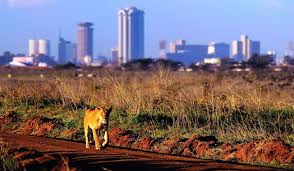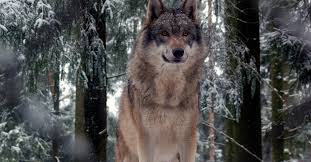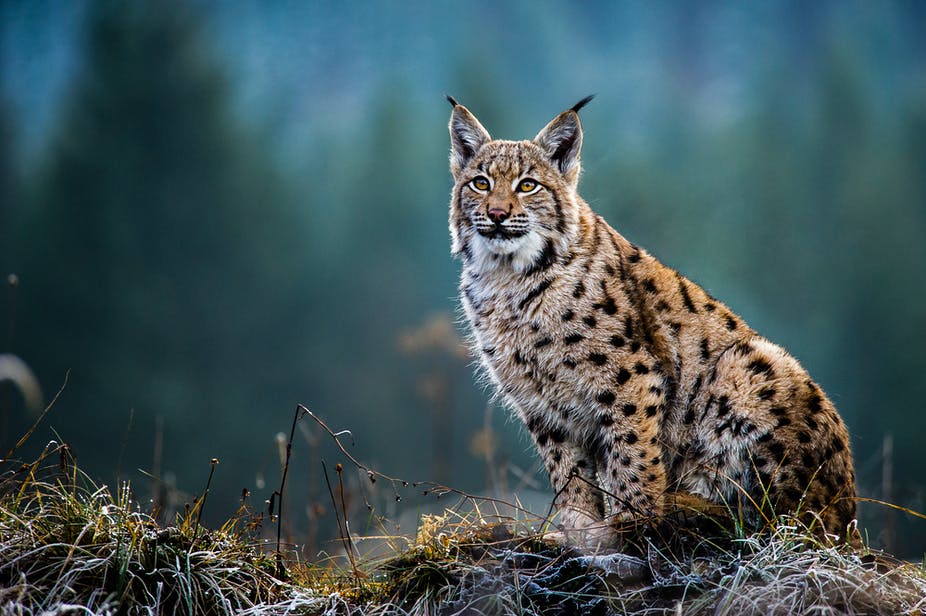The first national park to be formed in Kenya would appear to be under threat. Consisting of only 45 square miles, it is unique around the world as the wilderness comes deep into the city, allowing you to view many wild species with skyscrapers as a backdrop.

Wildlife populations have crashed in the last 70 or so years. In the past huge migrations would bring 30,000 wildebeest to visit each year, and animals such as zebra have had population falls of approaching 50% in just 9 years.
Continue reading “Further threat for Nairobi national park”
















